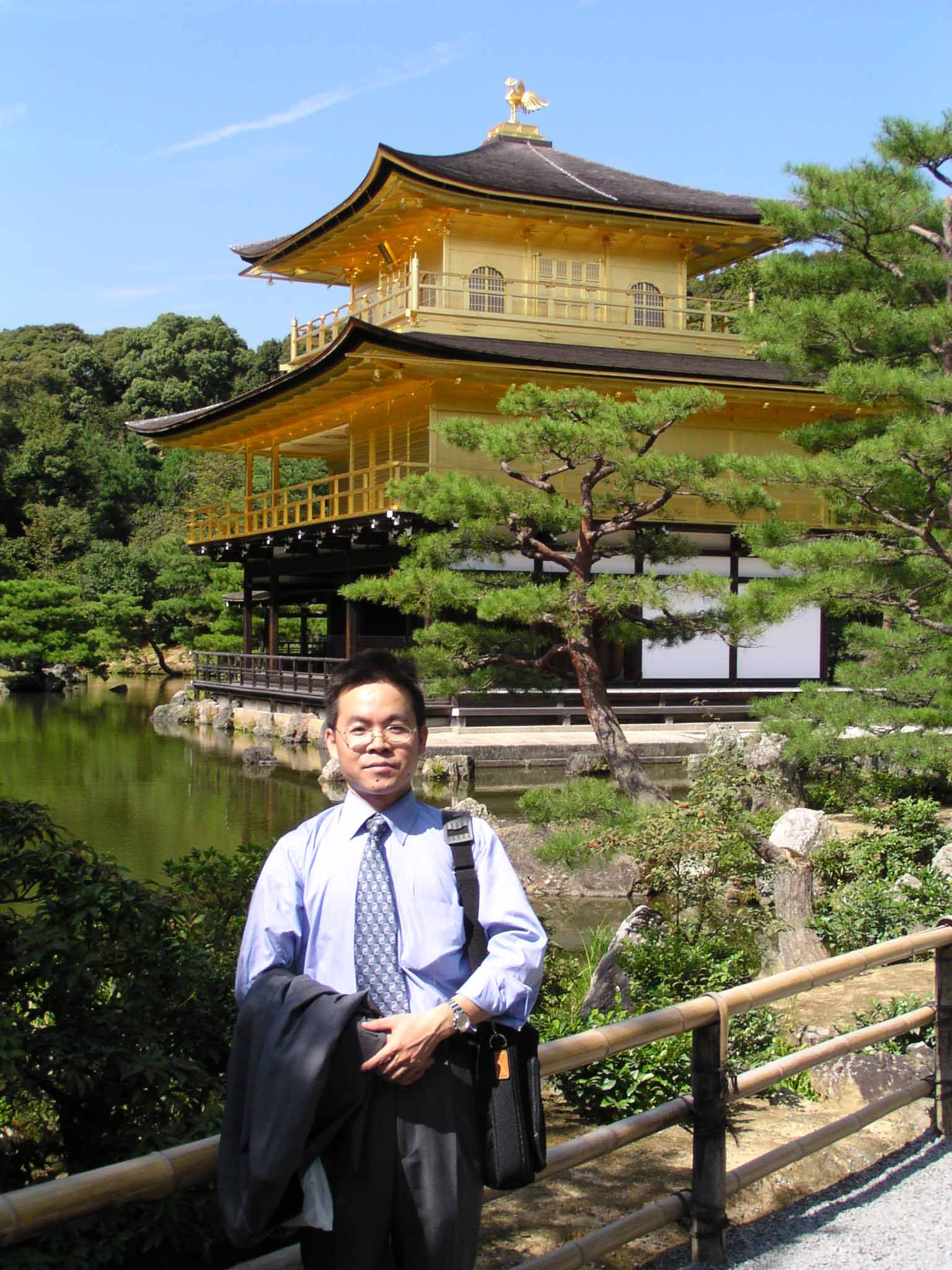Jin-Gang LIU Ph.D.
Professor
School of Chemistry and Molecular Engineering
East China University of Science & Technology (ECUST)
Professor of Special Appointment (Eastern Scholar)
Shanghai Institutions of Higher Learning
Contact Information
Office: Room 315, Researching Building 03
130 Meilong Road, Mailbox 427
Shanghai, 200237
P. R. CHINA
Email: liujingang@ecust.edu.cn
Office Phone: +86 21 642 52773
Office Fex: +86 21 642 52773
Education
2000.06 Ph.D. Bioinorganic Chemistry, Sun Yat-Sen University
Guangzhou, P. R. China
1997.07 M.S. Coordination Chemistry, Anhui University
Hefei, P. R. China
Research Interests
Bio-inspired Catalysts for Oxygen Reduction Reaction (ORR)
Photo-activated/controlled Nanomedines (NO, Pt, Ru…)
Photo-conversion of CO2 to Hydrocarbon Fuels/Artificial Photosynthesis
Biomimic Studies on the Active Site of Heme-containing Enzymes
Professional Experience
2012-now Professor of Special Appointment (Eastern Scholar)
Shanghai Institutions of Higher Learning, Shanghai, CHINA
2011-now Full professor
East China University of Science & Technology, Shanghai, CHINA
2009-2011 Research Associate Professor, Institute for Materials Chemistry and Engineering, Kyushu University, Fukuoka, JAPAN
2003-2009 Research Fellow, Institute for Materials Chemistry and Engineering, Kyushu University, Fukuoka, JAPAN
2001-2003 JSPS postdoctoral fellow, Institute for Fundamental Research of Organic Chemistry, Kyushu University, Fukuoka, JAPAN
2000-2001 Lecturer , Tongji University, Shanghai, CHINA
Selected Publications:
1.Liu L. and Liu J.-G. (2013) Bioinspired Catalysis for New Energy Exploration and CO2 Photoreduction, Prog. Chem. 25: 563-576.
2.Ohta T., Liu J.-G. and Naruta Y. (2013) Resonance Raman characterization of mononuclear heme-peroxo intermediate models, Coord. Chem. Rev. 257: 407- 413.
3.Ohta T., Liu J.-G., Saito M., Kobayashi Y., Yoda Y., Seto M. and Naruta Y. (2012) Axial Ligand Effects on Vibrational Dynamics of Iron in Heme Carbonyl Studied by Nuclear Resonance Vibrational Spectroscopy, J. Phys. Chem. B 116: 13831- 13838.
4.Liu J.-G., Shimizi Y., Ohta T. and Naruta Y. (2010) Formation of an End-On Ferric Peroxo Intermediate upon One-Electron Reduction of a Ferric Superoxo Heme, J. Am. Chem. Soc. , 132: 3672-3673.
5.Liu J.-G., Ohta T., Yamaguchi Y., Ogura T., Sakamoto S., Maeda Y. and Naruta Y. (2009) Spectroscopic Characterization of a Hydroperoxo-Heme Intermediate of a Synthetic Model: Conversion of a Side-on Peroxy to an End-on Hydroperoxy Complex, Angew. Chem. Int. Ed., 48:9262-9267(VIP paper). Highlighted in Nature, 2010, 463, 168-169, and in Angew.Chem. Int. Ed. 2010, 49, 2099-2101.
6.Liu J.-G., Naruta Y. and Tani F. (2007) Synthetic Models of the Active Site of Cytochrome c Oxidase: Influence of a Tridentate or Tetradentate Copper Chelate Bearing a His-Tyr Linkage Mimic on Dioxygen Adduct Formation by Heme/Cu Complexes, Chem. Eur. J. 13: 6365-6378.
7.Nagano Y., Liu J.-G., Naruta Y., Ikoma T., Tero-Kubota S. and Kitagawa T. (2006) Characterization of the Phenoxyl Radical in Model Complexes for the CuB Site of Cytochrome c Oxidase: Steady-State and Transient Absorption Measurements, UV Resonance Raman Spectroscopy, EPR Spectroscopy, and DFT Calculations for MII-BIAIP, J. Am. Chem. Soc., 128: 14560-14570.
8.Liu J.-G., Naruta Y. and Tani F. (2005) A Functional Model of the Cytochrome c Oxidase Active Site: Unique Conversion of a Heme-mu-peroxo-CuII Intermediate into Heme-superoxo/CuI A Functional Model of the Cytochrome c Oxidase Active Site: Unique Conversion of a Heme-mu-peroxo-CuII Intermediate into Heme-superoxo/CuI , Angew. Chem. Int. Ed., 44: 1836- 1840.
9.Liu J.-G., Naruta Y., Tani F., Chishiro T. and Tachi Y. (2004) Formation and spectroscopic characterization of the dioxygen adduct of a heme-Cu complex possessing a cross-linked tyrosine-histidine mimic: modeling the active site of cytochrome c oxidase, Chem. Commun., 120-121.